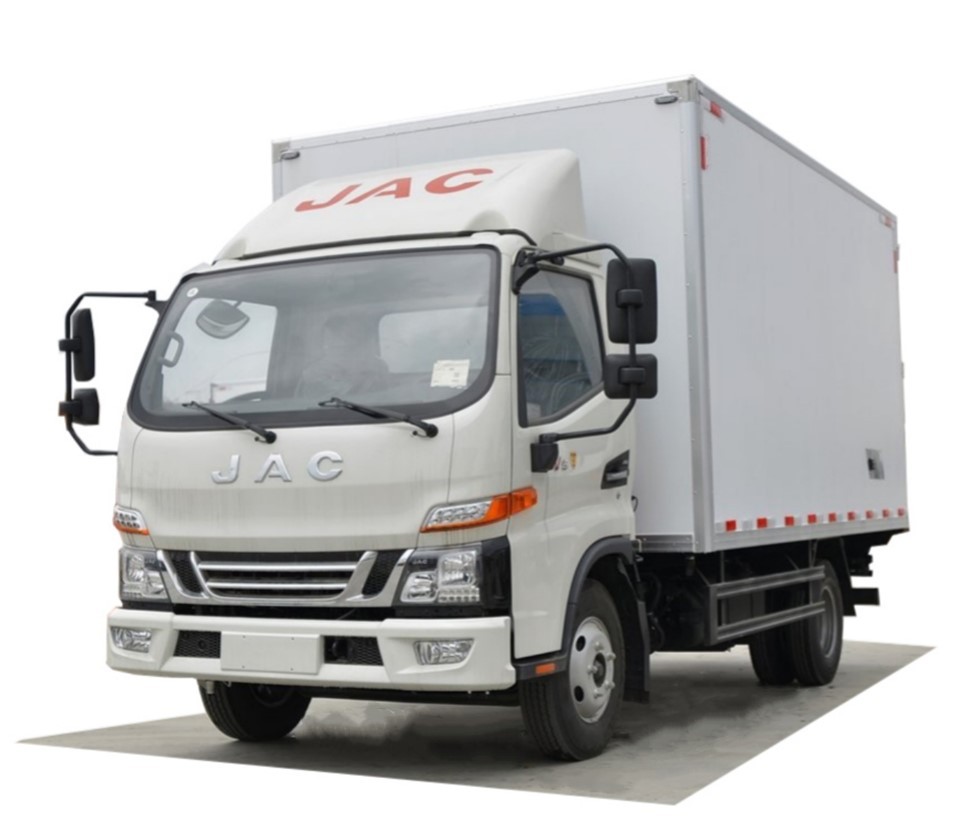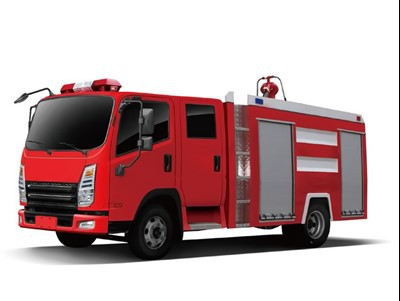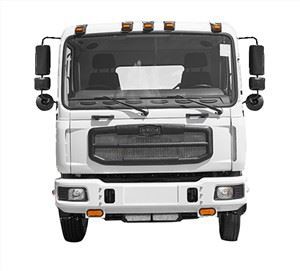Ultimate Guide to Front Loading Garbage Trucks: Efficiency and Features

Introduction

Garbage collection is a critical aspect of urban maintenance, and the choice of vehicles used in this service can significantly impact efficiency, cost, and environmental sustainability. Among the various types of garbage trucks, front loading garbage trucks are gaining increasing popularity. This article delves deeply into the characteristics, advantages, operational mechanisms, and considerations for implementing front loading garbage trucks in waste management systems. Learn how these innovative vehicles can improve waste collection processes, enhance productivity, and fulfill growing environmental standards.
What are Front Loading Garbage Trucks?
Front loading garbage trucks are specialized vehicles designed with a unique loading mechanism that allows them to lift and dump waste containers from the front. These trucks are equipped with hydraulic arms and are typically used for commercial waste collection but are also seen in residential areas.
Key Features of Front Loading Garbage Trucks
- Design: Compact and capable of maneuvering through tight spaces.
- Loading Mechanism: Hydraulic lifts enable swift trash container handling.
- Capacity: Designed to accommodate large volumes of waste.
- Economic Efficiency: Reduces labor costs and speeds up collection times.
- Durability: Built for heavy-duty performance and longevity.
Advantages of Front Loading Garbage Trucks
1. Enhanced Efficiency
Front loaders can pick up trash faster than their rear-loading counterparts. The automated loading system means less time spent at each stop, optimizing route efficiency and reducing operational costs.

2. Space-Saving Design
The compact design allows front loaders to navigate congested urban areas and narrow streets with ease, making them ideal for cities with limited space.

3. Greater Load Capacity
Due to their design, front loading garbage trucks can carry a larger load, which means fewer trips and reduced fuel consumption. On average, a front loader can carry between 20 to 30 cubic yards of waste.
4. Reduced Labor Costs
The automated systems used by front loaders minimize the need for manual labor, which leads to lower labor costs. A single driver can operate the truck, reducing personnel requirements.
5. Versatility
Front loading garbage trucks are not limited to commercial applications. They can also be effectively used in residential waste collection, particularly in areas with large bins.
How Front Loading Garbage Trucks Work
Mechanism of Operation
The operation of a front loading garbage truck involves several key steps:
- Approach: The truck approaches the waste container head-on.
- Hydraulic Arm Extension: The hydraulic arms extend and grip the container.
- Lift and Dump: The container is lifted above the cab and emptied into the truck’s hopper.
- Return: The arm retracts, and the truck continues on its route.
Types of Waste Handled
Front loading garbage trucks can handle various waste types including:
- Commercial Waste: Generated from businesses including paper, plastics, and food waste.
- Construction Debris: Heavy materials from construction sites.
- Residential Waste: Household garbage, recyclables, and yard waste.
Operational Best Practices for Front Loading Garbage Trucks
1. Regular Maintenance
Preventive maintenance is crucial for ensuring the longevity and efficiency of front loading garbage trucks. Routine checks on hydraulic systems, tires, and engine components should be scheduled regularly.
2. Proper Training for Operators
Investing in training programs for operators guarantees safety and optimal use of the loading mechanisms. Operators should be educated on vehicle operation, safety protocols, and maintenance checks.
3. Route Optimization
Utilizing GPS technology can aid in optimizing routes, reducing fuel consumption, and ensuring timely waste collection. Implementing route management software can lead to significant reductions in operational costs.
4. Sustainable Practices
Encouraging recycling and composting initiatives can minimize the overall waste picked up, further improving efficiency in collection and disposal. Collaborating with local organizations can improve community engagement in waste management.
Example of a Successful Disposal System
The city of Portland, Oregon, has successfully integrated front loading garbage trucks into its waste management system. By employing efficient routes and strong community engagement policies, the city delineated clear waste disposal and recycling strategies, which significantly improved their waste collection efficacy.
Challenges of Using Front Loading Garbage Trucks
1. Initial Cost
One of the greatest challenges is the initial investment required for front loading garbage trucks. They are more expensive to purchase and maintain compared to traditional rear loaders.
2. Operator Safety
While front loaders reduce the amount of manual labor, operators still face safety risks associated with vehicle movement and the lifting mechanisms. Proper training and safety protocols must be firmly established.
3. Limited Accessibility
In certain areas with strict space constraints, the size of front loading garbage trucks can pose challenges, making it difficult to collect waste efficiently.
Comparing Front Loading and Rear Loading Garbage Trucks
| Feature | Front Loading Trucks | Rear Loading Trucks |
|---|---|---|
| Loading Mechanism | Hydraulic front-loading arms | Manual lift for the rear |
| Efficiency | Higher efficiency in rapid collection | Slower collection process |
| Space Requirements | More maneuverable in tight spaces | Requires more space for operation |
| Labor Needs | Requires fewer staff | Typically needs a driver and helpers |
| Common Use | Commercial collection | Residential areas and smaller routes |
The Future of Front Loading Garbage Trucks
Innovative Technologies
The garbage collection industry is continuously evolving. The integration of advanced technologies like sensors, GPS tracking, and automated systems can enhance the operations of front loading garbage trucks. Additionally, moving towards electric or hybrid front loading trucks represents a commitment to sustainability in waste management.
Sustainability Impact
As cities strive to improve their sustainability practices, front loading garbage trucks can play a significant role due to their efficiency and ability to reduce carbon emissions through optimized routes and reduced fuel consumption.
FAQ Section
1. What are the main advantages of front loading garbage trucks?
The primary advantages include enhanced efficiency, space-saving design, higher load capacity, reduced labor costs, and versatility in waste collection applications.
2. How do front loading trucks differ from rear loading trucks?
Front loading trucks utilize hydraulic arms to lift containers from the front, allowing for faster collection and more efficient navigation, while rear loaders require manual handling and typically have a slower collection process.
3. What types of waste can front loading garbage trucks process?
Front loading garbage trucks can handle a range of waste types including commercial, construction debris, and residential waste.
4. How can municipalities improve the efficiency of their waste collection systems?
Municipalities can invest in technologies for route optimization, provide proper training to operators, schedule regular maintenance for trucks, and implement community programs promoting recycling and waste reduction.
5. Are there safety risks associated with operating front loading garbage trucks?
Yes, operators face risks related to vehicle movement and hydraulic lifting mechanisms. Proper training and robust safety protocols are essential to mitigate these risks.
6. What should one consider before purchasing a front loading garbage truck?
Consider the operational costs, initial investment, availability of trained personnel, space for maneuvering, and the types of waste being collected to ensure the truck meets specific waste management needs.
